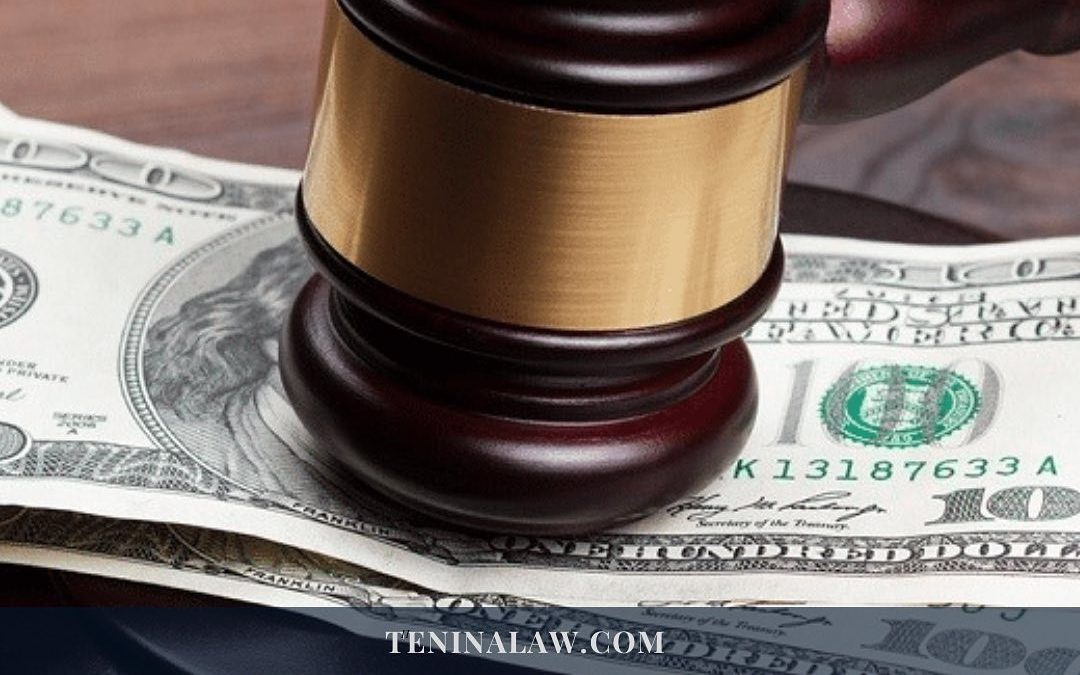
How to File Bankruptcy in California
Filing for bankruptcy in California may be an option to get rid of your debt and secure better terms. First, determine if you are eligible to file for bankruptcy. Then follow these steps to know how to file for bankruptcy in California:
1. Get the Documents You Need
Here’s a list of details you’ll have to provide to file your petition:
- A valid ID, which may include a driver’s permit, Social Security card, or birth certificate
- List of all bank accounts in which you can earn interest
- List of the insurance policies that could lead to a claim from or against you
- All tax returns filed in the past two years
- Evidence of ownership of any important assets you own
- Evidence of your earnings from the past six months. Even if you’re currently employed, any earnings you earned in the past six months have to be presented in court.
- Any evidence that demonstrates your specific circumstances.
Many different factors triggered the need to file for bankruptcy. If you are going through a divorce, or an unexpected expense that has been a significant factor in your financial problems and you have evidence to prove it, all documents that support the cause of these events must be submitted before the judge.
2. You Must Meet the Credit Counseling Requirement
Before beginning your bankruptcy process, it is necessary to attend a counseling session approved by the court. They’ll help you review your finances and help you decide if bankruptcy is the best option for you.
3. Contact an Attorney
It’s possible to file for bankruptcy without the aid of an attorney, if your case is very straightforward. However, the majority of cases aren’t. Tenina Law, a bankruptcy lawyer in San Fernando Valley, CA can assist you with the various paperwork and procedures. We will be able to resolve any problems that creditors bring up.
What Not to Do When You Are Declaring Bankruptcy in California
One of the most frequently made errors is to transfer assets to another person’s account to keep them out of bankruptcy.
In the majority of instances, the court will review your transactions over the last 30 days in order to decide whether they pose problems for your bankruptcy. Some other kinds of fraudulent transactions include:
- Removing your name from a joint bank account
- Selling your stake in a company you control, or getting your name taken off as the owner of the business
- Transferring your funds from your account to someone else’s account
- Selling a property, regardless of whether you are able to get the best price for it
Other things you need to avoid before declaring bankruptcy are the ones listed below.
Don’t Use Credit Cards to Pay For Unusual Expenses
The best option is to not use credit cards altogether. Any charges made beyond the norm, especially any expensive items, will be subject to close scrutiny by the court. Charges exceeding $650 that are made within 90 days after filing are typically prohibited.
Do Not File a Lawsuit
If you think that someone owes you money or you have a business issue to settle, do not start a lawsuit against them before filing for bankruptcy. Any money you collect from the lawsuit could be a part of the estate of bankruptcy.
Do Not Enter Into Business or Other Deals That Will Result in a Payment to You
If you anticipate receiving cash in any way, the money could be part of the bankruptcy estate. A few examples are a bonus you get at work, cash from an inheritance, or the tax refund you receive.
If one of these transactions has been completed, or you anticipate them to happen in the near future, it might be in your best interests to hold off on filing for bankruptcy.
Making the Final Decision to File for Bankruptcy
Now that you know how to file for bankruptcy in California, it’s time to look for an experienced bankruptcy lawyer to defend your case. Tenina Law Inc., an experienced bankruptcy attorney in San Fernando Valley, CA will review how your finances are going and help figure out the best strategy to manage your debt.
If you’re having trouble paying off financial burdens and believe that bankruptcy could be the best option for you, contact Tenina Law Inc. today!







[…] know what types of debts are not dischargeable. This can be very important if you have recently filed for bankruptcy and are trying to improve your credit […]
[…] you decide to file bankruptcy, the most important decision you will make is whether you want to file Chapter 7 or Chapter 13 […]
[…] Bankruptcy refers to a legal procedure for individuals and companies who are unable or unwilling to pay outstanding debts. There are two options for declaring bankruptcy. You can file bankruptcy voluntarily. Creditors can ask the court for a bankruptcy order. […]
… [Trackback]
[…] Informations on that Topic: teninalaw.com/how-to-file-bankruptcy-in-california/ […]